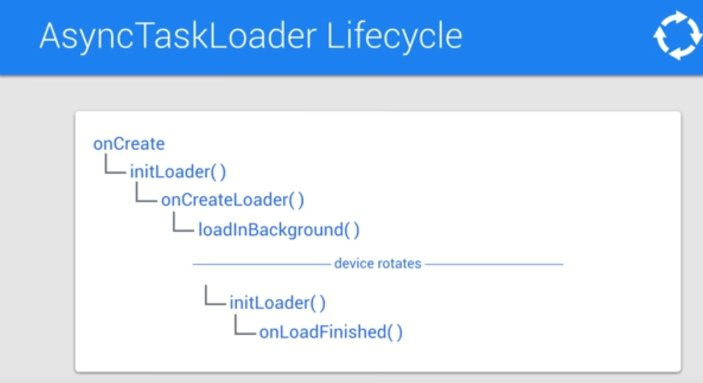| Insider's Guide To Udacity Android Developer Nanodegree Part 2 |
| Written by Nikos Vaggalis | |||||
| Monday, 24 April 2017 | |||||
Page 2 of 4
To meet the User Interface/Functionality specifications:
To meet the Network API Implementation specifications:
To meet the Data Persistence specifications:
It's apparent from going through that list that some chapters like the one on Background Services are not necessary for completing the project, therefore I skimmed over them, aiming to return at a later date when there's less time pressure.To save even more time I've broken the rules and applied everything I've leaned straight on to the project, rather than on to the Sunshine application first. The Lifecycle unit makes it crystal clear from the very beginnings that developing for mobile is not the same as developing for desktop due to the limited resources available on mobile devices. This situation grants the OS the freedom to terminate any app whenever it sees fit, therefore you have to anticipate this as well as any other change in your app's state, like the Activity dying because of the device rotating. This awareness is made possible by subscribing to the various events that the application triggers throughout its lifetime, such as OnCreate, OnPause, OnDestroy, onSaveInstanceState etc For this stage it's necessary to subscribe to the onSaveInstanceState event for storing each movie's properties (title, rating, overview etc) as well as MainActivity's RecyclerView LayoutManager's state. The issue here is that the MainActivity and all of its data are destroyed when the device's orientation changes, something undesirable as upon re-instating the activity we do not want to go through the expensive network calls again in order to retrieve the movie details that had already been loaded in the activity before it got destroyed.
MainActivity Therefore, when it's time to leave MainActivity, typically when clicking on a movie's poster, and before opening ChildActivity which contains more details on the movie in question (backdrop image, title, overview, rating) , we save the MainActivity's state in a Bundle by subscribing to the activity's onSaveInstanceState event. After returning to MainActivity from ChildActivity, we check whether MainActivity was in fact destroyed, and if so re-instantiate it by extracting its saved state out of the Bundle. What's also in the Bundle is the MainActivity's RecylerViewer's LayoutManager's state which stores the position of the item the RecylerViewer was last scrolled to, as well as the RecylerViewer's Adapter's (MovieDbAdapter) contents, that is, the ArrayList containing all of the movies' instances that are displayed as thumbnail posters on the main screen. A movie's instance is an object that conforms to the following structure:
But to be able to save a movie (MovieDbData) into the Bundle we first have to serialize it as a Parcelable object, which is way more efficient than its Serializable counterpart.
ChildActivity/Details Screen Given the opportunity, I've also packed and passed the clicked on movie instance from Main Activity to the ChildActivity as a Parcelable object: @Override public void onListItemClick( This was done so that upon entering ChildActivity in order to reveal more details on the chosen movie, we avoid calling the network again for retrieving the movie's details which we already have a copy of inside MainActivity's memory space; so why not take advantage of it?
|
|||||
| Last Updated ( Monday, 20 November 2017 ) |



